Welcome to Namibia!
Upon your early morning arrival you will meet your guide after clearing customs.
A possibility of visiting the Botanical Gardens getting to grips with local species we will encounter on the trip.
We depart the capital for the south of Namibia to the town of Keetmanshoop.
The Quivertree Forest Rest Camp is a small family run comfortable accommodation but it is the best in location.
Visit to the Quiver tree forest and the beautiful rock formations at Giant’s Playground, is possible from sun rise till sun set , the most beautiful time to be in the quiver tree forest.
Looking for common species of centrally distributed plants en route. Aloe littoralis, Nymania capensis and several Cimmiphora species, Acacia species and finally Aloe Dichotoma in habitat.



Today's drive is relatively short as we depart to Klein-Aus Vista.
Just east of Aus, Klein Aus Vista lodge is nestled in the granite-gneiss hills with magnificent views of the landscape. This is the area where the Namib Desert begins to merge with golden grasses, where wild horses roam free and people once gathered with diamond dreams.
En route we look for Euphorbia virosa and avasmontana as well as several common roadside shrubs. Aus is the northern section of the succulent karoo biome where we will search for Lithops species, Aloe species and Mesemb species. The Mesembryanthemacae are limited to the south western parts of the country, the only area that receives winter rainfall.
Join on an afternoon Desert Tour in search of the Wild Horses of the Namib and/or relax on a scenic sunset drive making the best of light and landscape.
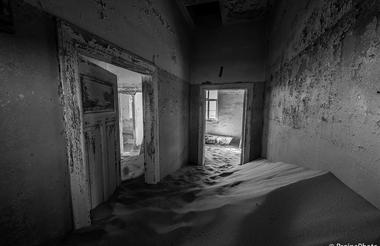
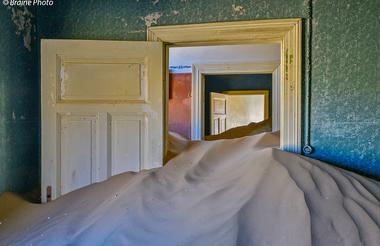
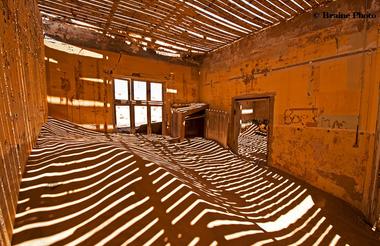
Today we take a day trip to the town of Lüderitz which is just 120km away looking for Zygophyllum species , Mesemb species, Drosanthemum species and other desert adapted species.
On the way back from Luderitz, we visit the Garub water hole where the wild horses and several other animals of the desert plains can be found.
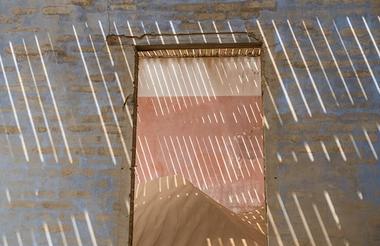
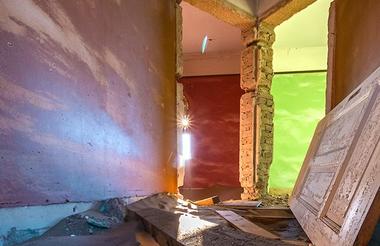
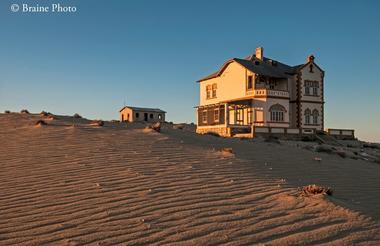
Today we embark on another +/- 5 hour drive to reach the Sossus Dune Lodge some 351km away.
Built in an environmentally sensitive manner, primarily from wood, canvas and thatch, in an attractive ‘afro-village’ style, Sossus Dune Lodge offers guests an evocative and life changing experience.
Situated within the Namib Naukluft Park, guests benefit from being able to reach Sossusvlei before sunrise, and stay until after sunset, and on their return after an exhilarating day, relax in the tranquillity and splendour of the Namib Desert, under the spectacular African sky.
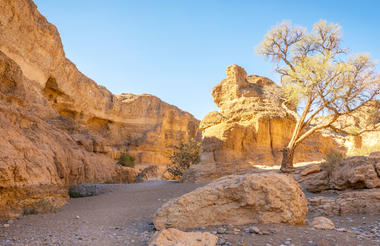
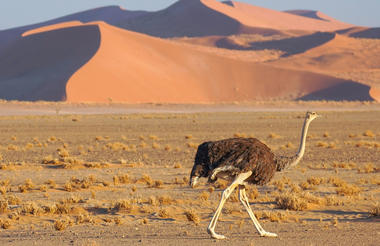
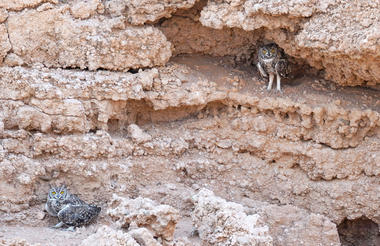
Day tour to Sossusvlei.
En route stopping at various sites exploring the local flora. Hoodia species possible along the way as well as Aloe and Euphorbia species.
Explore the Red dunes of the Namib. Local dune adapted species such as Acanthosicyos horridus and Cladoraphis grasses.
The Namib is the oldest desert in the world as well as the desert which holds the most bio-diversity in the world and has many wonders to be shown.



After breakfast you will check out of the Lodge and make your way towards the Atlantic Ocean visiting the German coastal town of Swakopmund.
Many stops en route with several Commiphora species, Moringo ovalifolia and the Namib’s famous Welwitschia mirabilis closer to the coast being the target today. Hoodia species also found en-route as well as several Zygophyllum species.

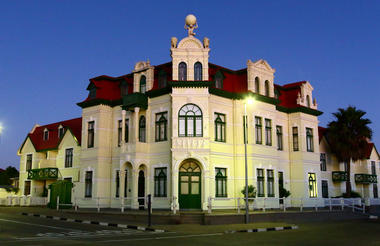
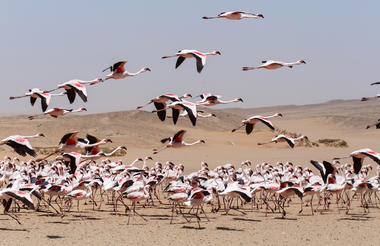
Today we depart the coast to Damaraland.
A true landmark situated in the heart of one of the world’s most magnificent wilderness regions. Declared a UNESCO World Heritage Site, Twyfelfontein in Damaraland is home to one of the largest collections of rock-art engravings found in Southern Africa. Not only did the Khoi-San and tribes of ancient years leave us with a true cultural heritage, but the whole area is characterised by natural wonders such as Doros Crater, Burnt Mountain, Organ Pipes, Petrified Forest and desert adapted animals – of which the desert adapted elephant is probably the most well-known species.
Nestled along the mountainside, the lodge beautifully blends in with its surrounding environment. Using natural stone, carefully selected paint colours and thatched roofs, its design compliments the sandstone rock formations with minimum visual impact on this picturesque landscape. Magnificent views from the deck over the Huab Valley, desert plains and distant mountains provides for hours of relaxed comfort, peace and tranquility.
En-route stops at the coastal Lichen fields, a visual splendor fed by the cold moisture rich air from the Atlantic ocean due to the cold benguela current from Antarctica. The coastal Namib holds many endemic lichens and the biggest diversity of species of any desert in the world. We venture briefly into the Messum caldera in search of the largest Welwitschia specimens in Namibia. Other Namib specials and new tree species encountered further inland.


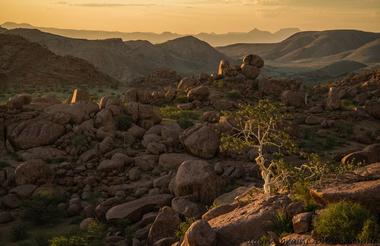
Today you will depart to the fridge of Kaokoland. Khowarib Lodge nestles on the banks of the Hoanib river in the magnificent Khowarib Gorge in north west Namibia. The lodge offers a perfect jumping off point to explore the remote north west of the country, either independently or on one of the lodge's extensive guided tours. The immediate surrounding area of Damaraland has many rich and interesting activities including desert adapted elephant and Himba settlements within easy reach.
Stops along the way for Adenia, Aloe ,Cyphostemma, Sansevieria , Sesamothamnus, Stapelia and Euphorbia species.
Possibility of seeing desert adapted game such as Lion, Elephant, Giraffe, Mountain Zebra and Rhinoceros.



The Kaokoveld, Kunene Region is rugged mountains, dry river courses and solid 4x4 country associated with names like van Zyl's Pass, Hartmann Mountains, Marienfluss, Epupa, Ruacana and Swartboois Drift. A land vast and uninhabited, a wilderness in its own right where pockets of wildlife roam freely. This is also home to Namibia's last remaining nomadic tribe, the Ovahimba.
Opuwo, meaning "finished" or "up to here and no further" Opuwo is the gateway to the Kaokoveld, the small town is the administrative hub of the Kunene Region. It has a few shops, filling station, school and houses. The airfield in town is managed by Opuwo Country Hotel and offers refueling and a transfer services to and from the Hotel. Opuwo Country Hotel is situated on a hilltop just outside of town providing luxury and standard accommodation .
En route our first chance to see Adansonia digitata the only species on mainland Africa. Good specimens of Cyphostemma, Kirkia and Fokia found en-route.
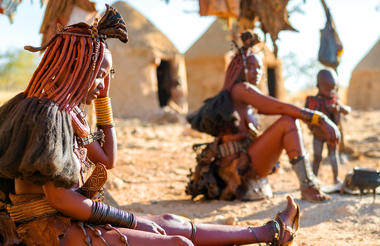
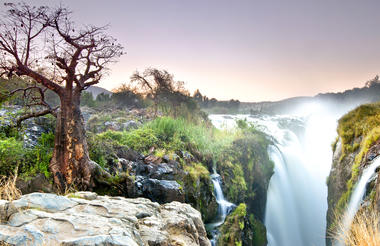
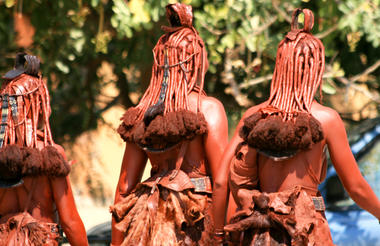
Day trip to Epupa Falls on the Kunene river with many good specimens of Hoodia, Adenium, Moringa , Adansonia and Euphorbia.
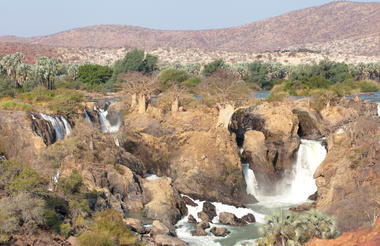
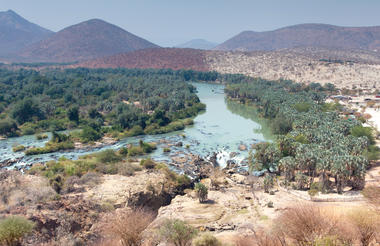
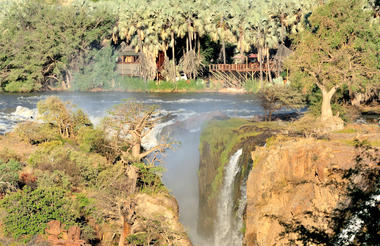
Today you will travel to Namibia's favorite wildlife destination, the Etosha National Park.
Okaukuejo, located 17 km from the southern entrance of the Etosha National Park, is famous for its flood-lit waterhole, where visitors can observe at close quarters a spectacle of wildlife congregating and interacting.
Accommodation is basic but the waterhole is a must!



We spend two days game viewing and a few new flora species are on the list as we enter a higher rainfall zone.



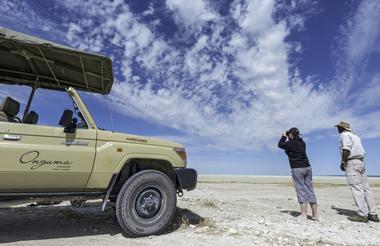


We depart for the Waterberg Plateau.
En route we search for a species of Cyphostemma and several large tree species occurring in the higher rainfall areas of central Namibia.
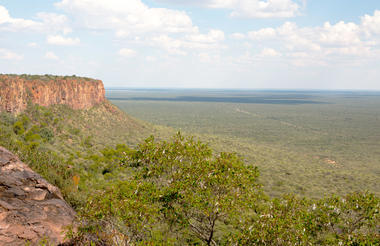
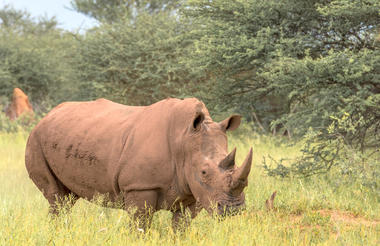
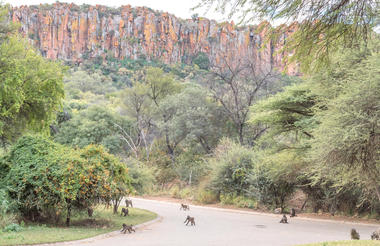
After breakfast, we checkout and make our way back to the capital where you will check in on your late afternoon/evening flight back home.


